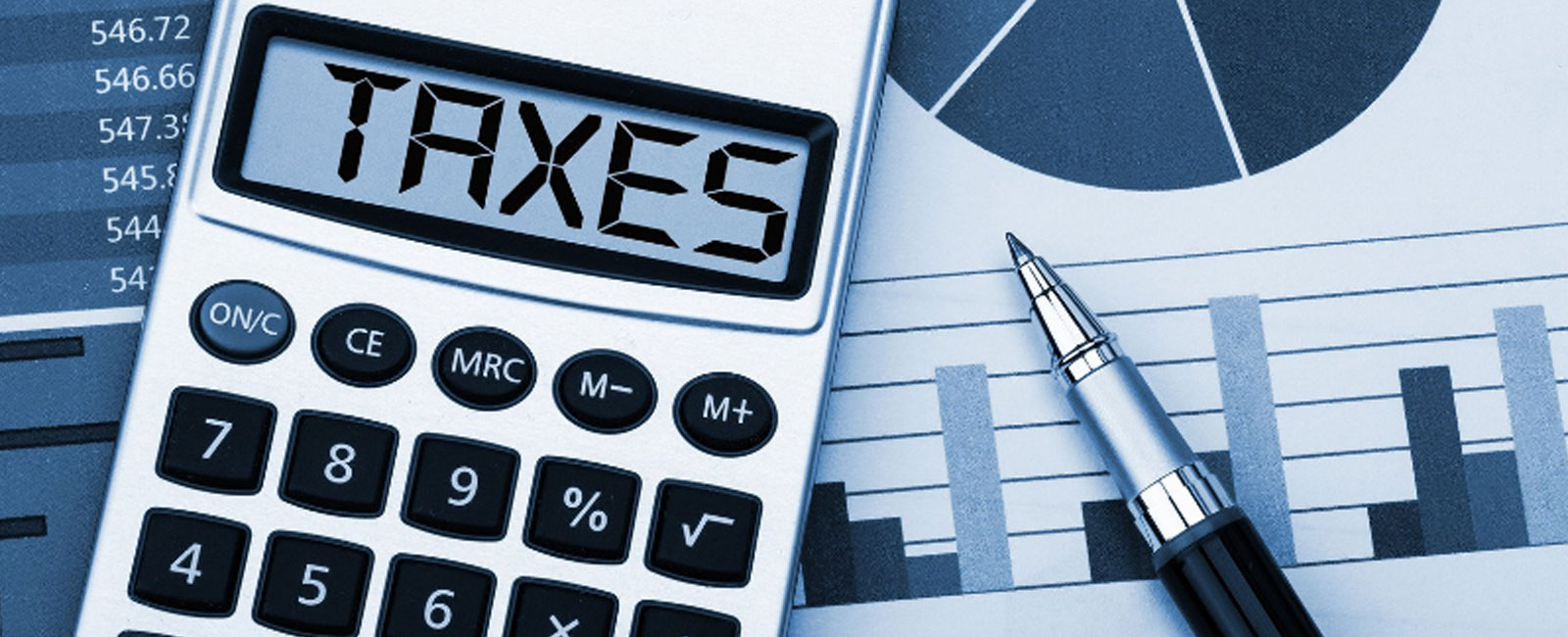All eyes on 'tax-heavy' budget FY25
Meaningful reforms are necessary, rather than taking the "easier" route and further burdening those already in the tax net

As Finance Minister Muhammad Aurangzeb gears up to present the budget for the fiscal year 2025 in the National Assembly, economists and the Pakistani public wait with bated breath to see whether it will be a concrete step towards tax reforms and fiscal stability or more of the same old.
The budget is expected to be "tough" — it must align with the International Monetary Fund's (IMF) demands, or the country will struggle to receive the global lender's approval for an additional loan of $6-8 billion under the Extended Fund Facility (EFF).
To widen the tax base, the government is slated to introduce reforms ranging from raising rates on real estate transactions to increasing the burden on the salaried class. However, much of the tax debate has been shrouded in uncertainty, with reports as late as last week stating that Prime Minister Shehbaz Sharif had rejected the proposal to increase taxes on salaried individuals.
The Annual Plan Coordination Committee (APCC) has forecast a GDP growth rate of 3.6% for FY25 — driven by a 2% growth in the agriculture sector, 4.4% in the industrial sector, and 4.1% in the services sector. Inflation is predicted to hover around 12%. These figures compare to last year's targets of a 3.5% GDP growth rate and 21% inflation.
Meanwhile, the current account deficit is expected to widen as the government further eases import restrictions to revive economic growth, particularly in the industrial sector. On the other hand, the fiscal deficit is expected to narrow as IMF-mandated measures to increase tax collection come into effect. What these measures are will only become clear once the budget has been presented.
Taxation
Pakistan has one of the lowest tax-to-GDP ratios in the world. A report presented to the Special Investment Facilitation Council (SIFC) earlier this year revealed that the country's tax evasion was estimated to be around Rs5.8 trillion in FY23. Tax reforms have been at the center of discussions between the government and the IMF. The international lender wants the government to remove exemptions and expand the tax base.
The IMF has advised the government to maintain the threshold for income tax — so only individuals earning Rs50,000 or less per month are exempted — and treat the salaries of employed individuals the same as personal income for non-salaried individuals, which would significantly impact the salaried class. Moreover, the IMF has also advised the government to introduce slabs for taxing pensioners' incomes.
Additionally, it has asked the government to remove the zero-rating regime under the 5th Schedule of the Sales Tax Act, 1990 on all goods except exports, and maintain a uniform General Sales Tax (GST) of 18%. This includes the imposition of 18% GST on petroleum products. However, the government may seek to increase the Petroleum Development Levy (PDL) instead.
Similarly, it has asked for the removal of reduced GST on items included in the 8th Schedule of the Sales Tax Act, 1990, suggesting instead that essential food, education, and health items be taxed at a uniform rate of 10%.
Meanwhile, the government has also considered bringing the real estate sector further into the tax net by imposing rates of 3% for property sales up to Rs50 million, 4% for up to Rs70 million, and 7% for Rs100 million under Section 236-C of the Income Tax Ordinance, 2001, irrespective of the period the property is held, in addition to hiking valuation tables for real estate in various cities. It may also repeal exemptions on capital gains from profits in special economic zones and export zones.
The government may also increase all withholding taxes and taxes on traders and goods such as solar panels, cigarettes, and mobile phones.
PSDP
The federal Public Sector Development Programme (PSDP) allocation for the upcoming fiscal year will be Rs1.4 trillion, which is higher than the APCC's recommendation of Rs1.2tr. This is an increase of over 47% compared to the Rs950 billion allocated in FY24. The federal PSDP allocation remained underutilized in the previous fiscal year at Rs379 billion amidst multiple economic challenges, including a decline in credit ratings.
The meeting of the National Economic Council (NEC) which was held on Monday also approved an allocation of Rs824 billion for infrastructure, Rs280 billion for the social sector, Rs75 billion for special areas such as Azad Jammu & Kashmir (AJK) and Gilgit-Baltistan (GB), and Rs64 billion for the merged districts in FY25. The allocation for Ministry of Information Technology was increased to Rs30 billion.
Meanwhile, the NEC decided to continue discretionary funding for parliamentarians for achieving Sustainable Development Goals (SDGs) and allocated Rs75 billion. This was a contradiction of its earlier decision to end constituency-based funding.
However, the government has not yet shared details about how it plans to reduce the current expenditure or narrow the fiscal deficit, which is expected to have widened to a record in the outgoing fiscal year. Sources only say "drastic cuts" are expected.
If the government wants to have any realistic chance of reducing the fiscal deficit and moving towards debt sustainability, it needs to start by slashing expenditure in addition to implementing tax and structural reforms. Meaningful reforms are necessary, rather than taking the "easier" route and further burdening those already in the tax net, while adhering to the IMF's conditions.
The author is a freelance journalist. She covers business (and occasionally, politics).
Infographics by Afreen Mirza.




